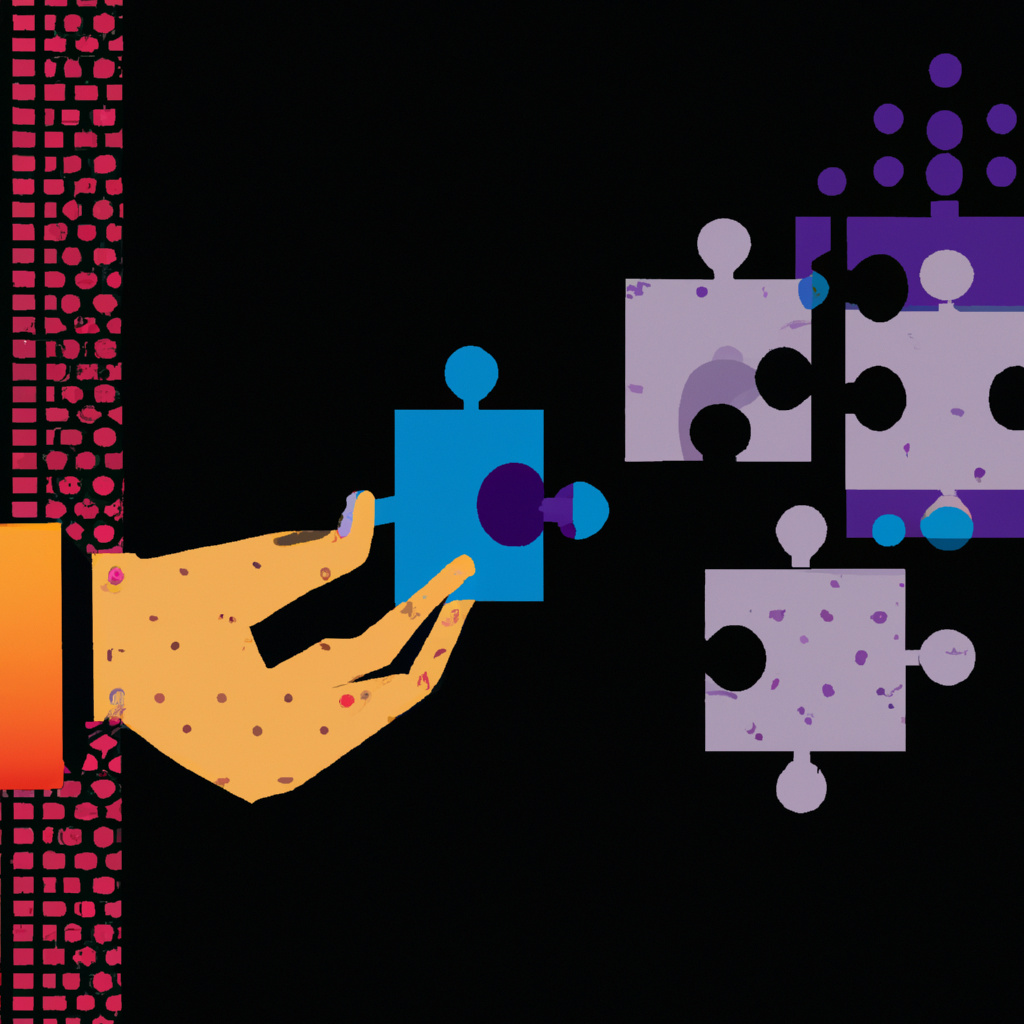Labs
Agile Methodology
Discover Agile methodology, its key principles, and the benefits it brings to project management. Dive into the world of Agile with us!

Welcome to the world of Agile methodology! In this article, we will explore the basics of Agile and how it can revolutionize innovation and transformation projects. So put on your learning hat and let's dive in!
Where did Agile Methodology come from?
The Agile methodology is an iterative approach to project management and software development that was introduced in the early 2000s. It was created as a response to the limitations of traditional waterfall methods, which often resulted in delayed projects and poor customer satisfaction. The Agile approach emphasizes collaboration, flexibility, and continuous improvement throughout the development process. It has since gained popularity across various industries for its ability to deliver high-quality products faster and more efficiently.
What are the key concepts?
Some of the key concepts involved in Agile Methodology include:
- Agile methodology is an iterative and flexible approach to project management that emphasizes adaptability, collaboration, and continuous improvement.
- It promotes self-organizing cross-functional teams that work in short iterations known as sprints.
- The focus is on delivering working software frequently, with a strong emphasis on customer satisfaction and value.
- Agile encourages regular feedback loops, allowing teams to adapt and adjust based on customer needs and changing requirements.
- Key concepts include prioritizing collaboration over processes, embracing change as a positive force, and empowering teams to make decisions collectively.
What's the process?
Agile Methodology is a flexible and iterative approach to project management that enables teams to deliver high-quality solutions efficiently. The typical process involves several key activities. Firstly, the project is divided into small increments called sprints, usually lasting 1-4 weeks. Next, the team plans the work for each sprint by defining user stories and estimating effort. Throughout the sprint, daily stand-up meetings keep everyone aligned and focused. At the end of each sprint, there is a review where stakeholders provide feedback on the delivered increment. This feedback informs any necessary adjustments or refinements in subsequent sprints, leading to continuous improvement throughout the project's lifecycle.
What outcomes can you expect?
Some of the outcomes you can expect from working with Agile Methodology are:
- Gain a clear understanding of Agile Methodology and its benefits in innovation and transformation projects.
- Learn how Agile helps teams deliver high-quality results in shorter, more efficient development cycles.
- Explore the principles of Agile, such as adaptability, collaboration, and iterative progress.
- Discover how Agile promotes continuous improvement through regular feedback loops and reflection.
- Empower your team to embrace change and respond effectively to evolving project requirements.
Are there any debates or criticisms to be aware of?
- Lack of documentation: Agile methodology focuses on working software over comprehensive documentation, which can lead to a lack of documentation for future reference or knowledge transfer.
- Scope creep: The flexibility of Agile can sometimes lead to scope creep, where the project gradually expands beyond its initial requirements and timeline.
- Team adaption: Transitioning from traditional project management methods to Agile may require a significant mindset shift and pose challenges in terms of team adaptation and new roles/responsibilities.
- Customer involvement: While Agile emphasizes customer collaboration, some argue that excessive customer involvement can hinder progress by causing frequent changes or conflicting priorities.
- Scaling challenges: Scaling Agile practices to larger projects or organizations may present difficulties due to the need for coordination across multiple teams and maintaining cohesive processes.
Conclusion
In conclusion, Agile Methodology is a powerful tool for driving innovation and transformation in project management. Its customer-centric approach, empowered teams, iterative development, and continuous learning contribute to its effectiveness. By embracing Agile principles and practices, organizations can navigate uncertainty with agility, experiment with ideas, deliver value faster, and continuously improve. Stay tuned as we explore the essential tools of Agile in our next section!
TLDR;
- Agile methodology is a collaborative, iterative approach to project management that delivers value faster.
- It promotes adaptability, transparency, and cross-functional collaboration for improved decision-making and customer satisfaction.
- Benefits include increased productivity, quicker response to changing requirements, and better quality products.
- Challenges can arise from lack of organizational support, inadequate training, and difficulty in estimating project timelines accurately.
- By embracing Agile principles and practices, organizations can foster innovation and drive successful transformation projects.
